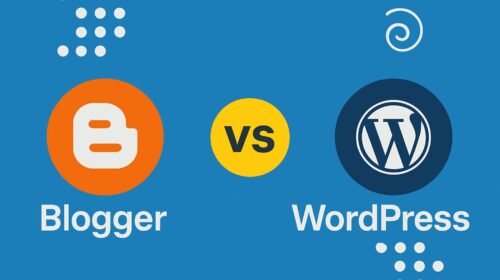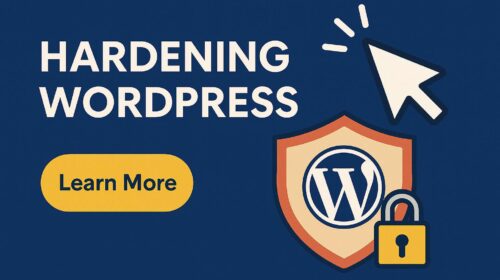
The Ultimate WordPress Security Checklist: Best Practices to Keep Your Site Safe
If you’re running a WordPress site, security should be at the top of your priority list. With over 40% of websites using WordPress, it’s no surprise that it’s a frequent target for hackers. Whether you run a personal blog or a full-blown eCommerce store, following a proper WordPress security checklist can make all the difference.
In this guide, we’ll cover essential WordPress security best practices you should implement today to protect your website, your visitors, and your business.

🔐 1. Keep WordPress Core, Themes, and Plugins Updated
Updates often contain patches for known vulnerabilities. Keeping everything updated ensures you’re not an easy target. Set automatic updates for minor changes and monitor for major ones.
🧾 2. Use Strong, Unique Passwords and Change the Default “admin” Username
Still using “admin” as your username? Big mistake. It’s the first thing bots will try. Create unique usernames and use complex passwords for all user accounts—especially admin roles.
🔐 3. Install a Trusted Security Plugin
A reliable security plugin is your first line of defense. Look for features like firewall protection, malware scanning, login attempt limits, and real-time alerts.
🧱 4. Enable Two-Factor Authentication (2FA)
Two-factor authentication adds an extra layer of protection to your login page. Even if a hacker gets your password, they won’t get in without the second factor.
📂 5. Limit Login Attempts and Monitor Activity
Brute force attacks rely on trial and error. Limiting login attempts and monitoring logins or file changes can stop threats before they cause real damage.
🔄 6. Backup Regularly—Automatically
Even with all precautions, things can go wrong. Regular backups (preferably offsite or in the cloud) ensure you can restore your site quickly if something happens.
🚫 7. Disable File Editing in the Dashboard
Hackers love the file editor. Disable it by adding this line to your wp-config.php:
PHP
define('DISALLOW_FILE_EDIT', true);This prevents unauthorized code injections via the dashboard.
🧪 8. Run Regular Vulnerability Scans
Security isn’t a one-time job. Periodically scan your site for vulnerabilities and outdated components. Automated scans can catch issues before they’re exploited.
Final Thoughts
A proactive mindset combined with a practical WordPress security checklist is your best defense. These WordPress security best practices are easy to implement and can drastically reduce the risk of attacks.
🔍 Want to go a step further?
Try one of our professional WordPress vulnerability scans to detect hidden risks, outdated plugins, weak configurations, and more. It’s fast, accurate, and could save you from future headaches.
If you want to explore other articles similar to The Ultimate WordPress Security Checklist: Best Practices to Keep Your Site Safe you can visit the Wordpress Security.






Leave a Reply